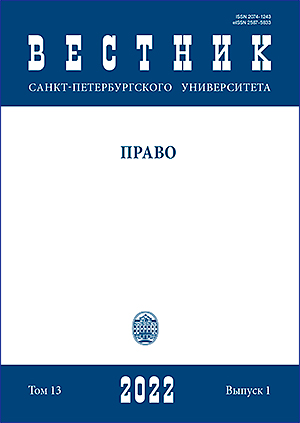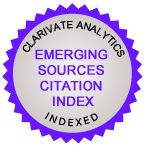Artificial Intelligence Strategy and consequences of its implementation for labour law
DOI:
https://doi.org/10.21638/spbu14.2022.101Abstract
The rapid development of artificial intelligence in recent years has necessitated the legal regulation of new phenomena related to the introduction of artificial intelligence in practice. Scientists and politicians raised questions about the development of artificial intelligence, and about the formulation of principles and basic conditions for minimizing risks of developing artificial intelligence in the future. This discussion led to the adoption of Artificial Intelligence Strategies in countries that are leaders in economic development and countries seeking leadership, including in Russia. The Russian Artificial Intelligence Strategy for the period up to 2030 indicates development goals and the need to carry out a set of coordinated actions, including in the field of legal regulations. This Strategy involves major changes that will affect the production and services sectors, which will inevitably affect the organization of wage labor. This article presents an analysis of the provisions of this Strategy and similar foreign acts, which allows identification of key factors that can affect the transformation of the world of work and compel changes in legal regulation. This study was carried out using the following methods: formal-logical, comparative-legal methods of analysis and synthesis, methods of legal modelling and legal forecasting. The results of the study provide insights into the increasing impact of artificial intelligence technologies on the work environment, on the content of labor relations, and about the need to revise some norms of labor law to adapt it to changing reality.
Keywords:
artificial intelligence, legal regulation, wage labour, worker, employer, profession, robot, workforce, data mining
Downloads
References
Downloads
Published
How to Cite
Issue
Section
License
Articles of "Vestnik of Saint Petersburg University. Law" are open access distributed under the terms of the License Agreement with Saint Petersburg State University, which permits to the authors unrestricted distribution and self-archiving free of charge.






